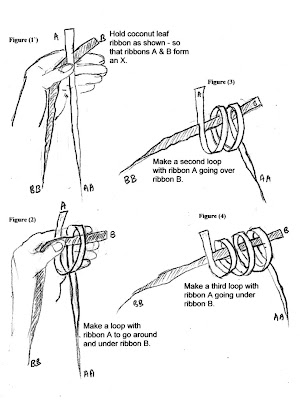Asthma and allergic rhinitis
This article defines causes of excessive amounts of the antibody immunoglobulin E (IgE) that trigger asthma and allergic rhinitis: pollens, house dust mite and animal dander. It also explains the term atopic triad, which is the name given to the three most common manifestations of allergy atopic dermatitis, allergic rhinitis and asthma.
I now know the early phase response in rhinitis and asthma occurs almost immediately and reaches its peak in about 30 minutes. In allergic rhinitis it produces nasal itching, discharge, sneezing and obstruction. In asthma, chest tightness, wheeze, cough and shortness of breath occur. This lasts about one hour before subsiding. However, the late phase is a chemical response in the bone marrow involving white blood cells and producing inflammatory changes that are longer lasting. These include nasal obstruction and a loss of smell. In asthma, the smooth muscle around the airways can become hyper-reactive.
The article reports there has been a two-fold increase in asthma {Uptonefd/2000).This makes asthma an even more important subject for nurses to be confident about. The fact that 40% of the population report feeling well even when they are experiencing the four main symptoms of asthma on a daily basis - cough, wheeze, tight chest and breathlessness - means we need to be vigilant at all times for these symptoms in our patients if we are to achieve good asthma management.
I was interested to learn about some of the other signs of rhinitis, such as dark shadows under the eyes, open-mouthed breathing or a horizontal crease across the bottom of the nose caused by continued upward rubbing. I was also unaware that allergic rhinitis does not always improve with interventions, such as the use of miteimpermeable mattress covers.
I was familiar with some of the information about medication but found the article useful for revision.
I now understand there are a number of treatment routes for patients with allergic rhinitis or asthma, or both. Patients' response to treatment, their ability to inhale medication and willingness to concord with treatment need to be considered carefully. It is also important to consider their willingness to avoid known triggers, such as house dust mite, and perhaps the removal of a much-loved family pet
| [Sidebar] |


Komentar
Posting Komentar